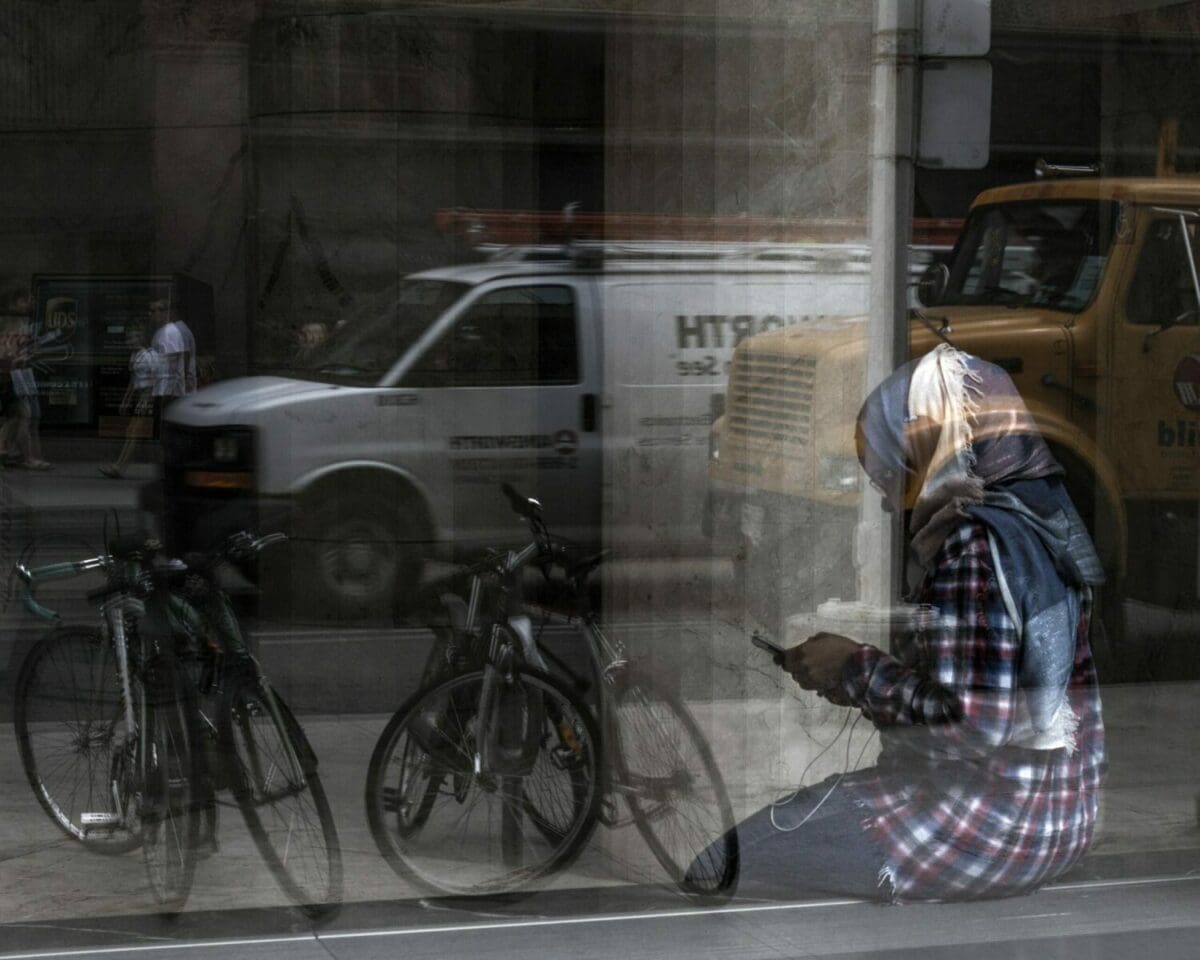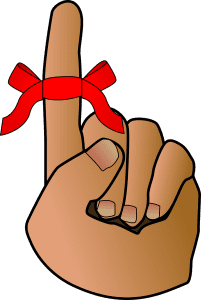
Bringing Some Color In
December 7, 2018 in LINKS
 There are many outlets to take advantage of if you need a distraction that go beyond procrastination purposes. These kinds of situations can include sitting on public transit, waiting for a doctor’s appointment, or those times when anxiety can feel so overwhelming that you it can seem like you’re frozen, itching to do something to make the feeling go away. One of the most simplest and convenience ways to waste a little bit of time and keep yourself busy is through the infinite number of games available through the app stores on your smartphone.
There are many outlets to take advantage of if you need a distraction that go beyond procrastination purposes. These kinds of situations can include sitting on public transit, waiting for a doctor’s appointment, or those times when anxiety can feel so overwhelming that you it can seem like you’re frozen, itching to do something to make the feeling go away. One of the most simplest and convenience ways to waste a little bit of time and keep yourself busy is through the infinite number of games available through the app stores on your smartphone.
While some are designed specifically for stress relief purposes, some simply end up being that way. This can be through the low stakes involved (such as the levels not being timed) or the minimal thinking required. One such game is I Love Hue, which is based on organization and color. Your goal is to move around scrambled colored tiles so that they create a gradient, which can seem complicated, but can feel incredibly satisfying once a pattern begins to emerge. Not all of the tiles need to be moved, and some are locked with a black dot to serve as reference points.
The game has an overall tranquil vibe to it, with soft sounds and pleasing, supportive words like “magnificent” when you finish a level and “mystic” and “prophet” to refer to the level types. The colors are also soft as well as aesthetically pleasing, and can also feel a little educational, helping your eyes recognize the subtle differences in colors better (Is this red-orange? Or orange-red?). There is a slightly competitive component to it too, as each level shows the average number of steps people take to complete it, which can be a bonus for those who want to build up their motivation towards another task.
The game is free and available on both the App Store and Google Play.
Would you consider playing a game like I Love Hue? How do you think puzzles help with stress? How do you think colors help with stress?



 Studies have shown that leisurely
Studies have shown that leisurely 


 Most teens aren’t trying to go viral with their content.
Most teens aren’t trying to go viral with their content. 
 Our environments can have a powerful impact on how we view things, especially in how we view the things about ourselves. Because adolescents spent a lot of time in
Our environments can have a powerful impact on how we view things, especially in how we view the things about ourselves. Because adolescents spent a lot of time in 



 The “model minority stereotype” of Asian Americans perceives them to be hardworking, and academically, economically, and socially successful when compared to all other racial minority groups. Because of this, Asian Americans are assumed to be at less risk of mental health problems. Then how do we explain that Asian American college students are
The “model minority stereotype” of Asian Americans perceives them to be hardworking, and academically, economically, and socially successful when compared to all other racial minority groups. Because of this, Asian Americans are assumed to be at less risk of mental health problems. Then how do we explain that Asian American college students are 

 You’ve probably seen a lot of posts and ads about giving thanks, especially now that the
You’ve probably seen a lot of posts and ads about giving thanks, especially now that the 



 There’s no doubt about it,
There’s no doubt about it, 
Recent Comments